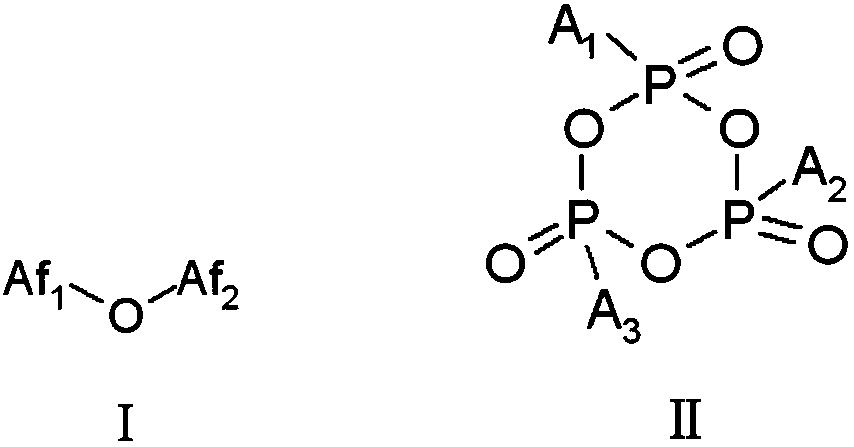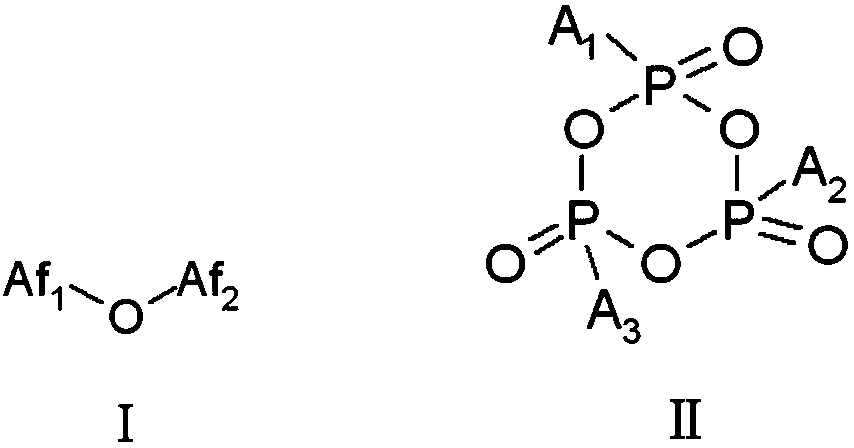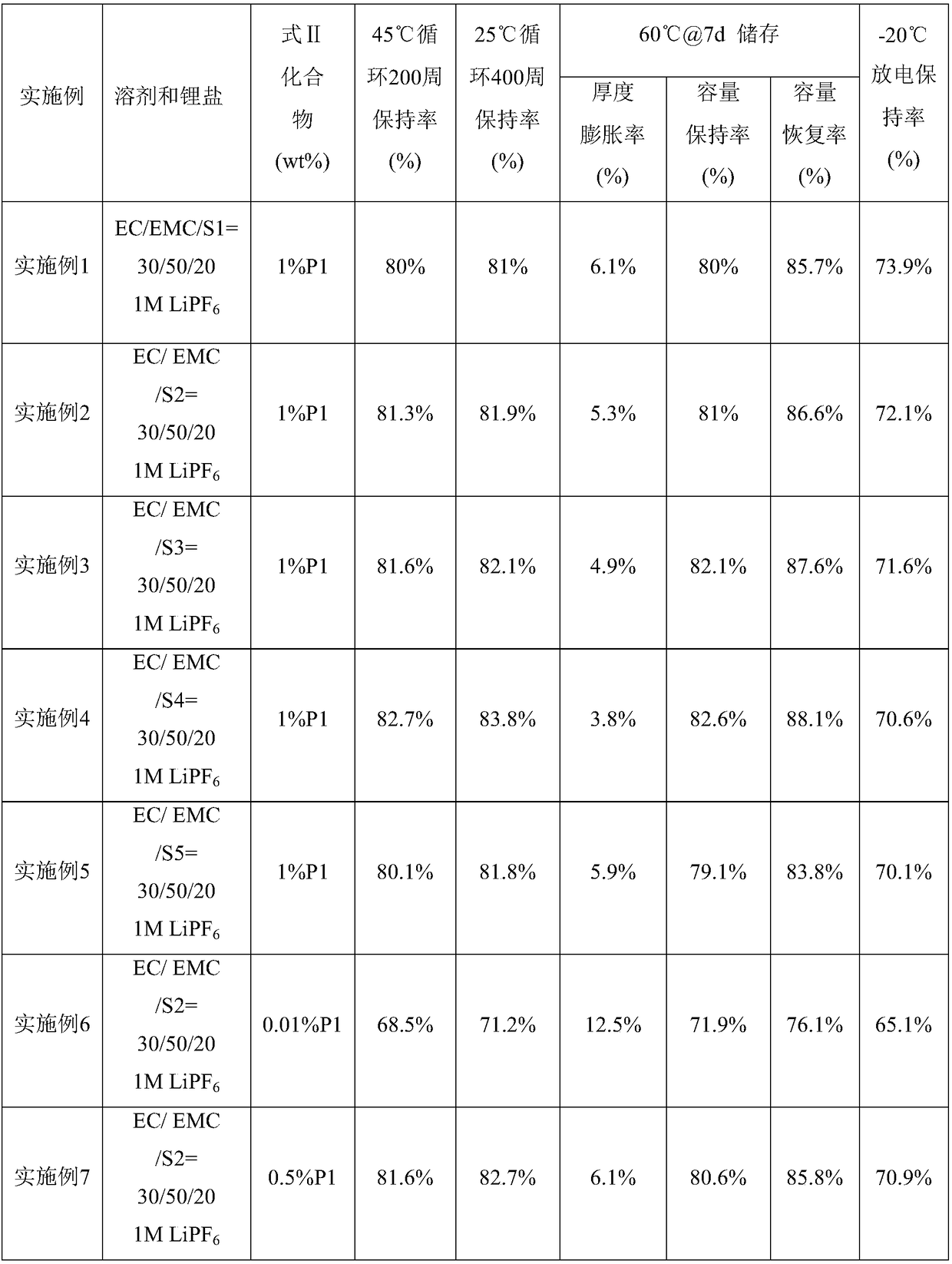Lithium ion secondary battery electrolyte and lithium ion secondary battery
A secondary battery and electrolyte technology, applied in the field of lithium-ion secondary battery electrolyte and lithium-ion secondary battery, can solve the problem of battery cycle performance, poor high-temperature storage performance and low-temperature discharge performance, and intensified dissolution of metal ions in the positive electrode of oxidation decomposition and other issues, to achieve the effect of improving cycle performance, improving electrochemical performance, and reducing interfacial impedance
- Summary
- Abstract
- Description
- Claims
- Application Information
AI Technical Summary
Problems solved by technology
Method used
Image
Examples
Embodiment 1
[0062] A lithium ion secondary battery, comprising positive pole, negative pole, diaphragm and electrolyte, wherein, positive pole active material is lithium cobaltate (LCO) material; Negative pole active material is artificial graphite (AG), described lithium ion secondary battery The preparation method comprises the following steps:
[0063]Mix the positive electrode active material LCO, conductive carbon black and binder polyvinylidene fluoride according to the mass ratio of 96.8:2.0:1.2, and disperse them in N-methyl-2-pyrrolidone to obtain the positive electrode slurry, and make the positive electrode slurry uniform Coated on both sides of the aluminum foil, after drying, calendering and vacuum drying, and welding the aluminum lead-out wire with an ultrasonic welder to obtain a positive plate (positive plate), the thickness of the plate is between 100 and 115 μm;
[0064] Mix graphite, conductive carbon black, binder styrene-butadiene rubber and carboxymethyl cellulose in...
Embodiment 2~ Embodiment 15
[0069] Examples 2 to 15, except that the composition and content of the additives in the electrolyte (based on the total mass of the electrolyte) are different, the preparation of the other positive poles, negative poles, separators, and lithium-ion secondary batteries are the same as in Example 1. In each embodiment The selection and content of the fluoroether shown in structural formula I and the phosphoric acid cyclic anhydride compound shown in structural formula II are shown in Table 1.
Embodiment 16~ Embodiment 29
[0097] In Example 16 to Example 29, NCA is used as the positive electrode material of the lithium ion secondary battery, the negative electrode active material is silicon carbon, and the capacity of the silicon carbon negative electrode is 500mAh / g. Diaphragm coated with Al on one side 2 o 3 ceramic diaphragm. The composition and content of additives in the electrolyte used (based on the total mass of the electrolyte) were added as shown in Table 3. The battery evaluation charge cut-off voltage was 4.2V, and the discharge lower limit voltage was 2.75V. All the other preparation processes are the same as in Example 1.
PUM
| Property | Measurement | Unit |
|---|---|---|
| thickness | aaaaa | aaaaa |
| thickness | aaaaa | aaaaa |
Abstract
Description
Claims
Application Information
 Login to View More
Login to View More - R&D
- Intellectual Property
- Life Sciences
- Materials
- Tech Scout
- Unparalleled Data Quality
- Higher Quality Content
- 60% Fewer Hallucinations
Browse by: Latest US Patents, China's latest patents, Technical Efficacy Thesaurus, Application Domain, Technology Topic, Popular Technical Reports.
© 2025 PatSnap. All rights reserved.Legal|Privacy policy|Modern Slavery Act Transparency Statement|Sitemap|About US| Contact US: help@patsnap.com



